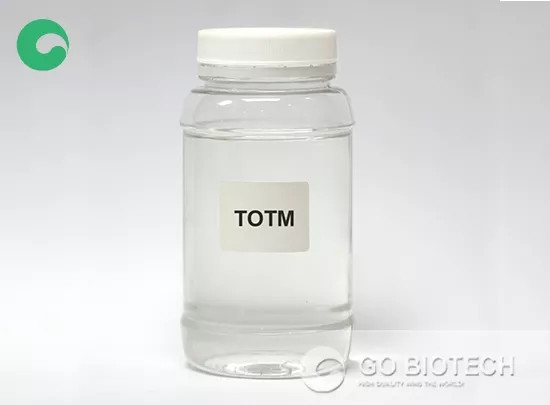TOTM heat-resistant plasticizer
High temperature resistant plasticizer refers to plastics that are used for injection molding at a temperature of about 300 degrees. They can not decompose at this temperature and have low volatility. In other words, they produce less smoke and less smell during production. Generally, heat resistant plasticizers are used, such as TOTM, and polyester plasticizers, also called permanent plasticizers, which have extremely low volatility.
TOTM heat resistant plasticizer is suitable for a variety of resins such as polyvinyl chloride, vinyl chloride copolymers, nitrocellulose, polymethyl methacrylate, etc.
Characteristics and uses of high temperature resistant plasticizers:
1. It has good performance in terms of volatility, water extraction resistance, migration resistance, low temperature resistance and electrical properties. Its durability is comparable to that of polymeric plasticizers, while its plasticizing efficiency and processing performance are similar to those of o-dicarboxylic acid ester plasticizers. It also has some characteristics of monomeric and polymeric plasticizers. It is mainly used for heat resistant cable materials (105℃ grade), plates, sheets, sealing gaskets and other products that require heat resistance and durability.
2. It has the characteristics of heat resistance and durability. Its migration is smaller than that of polyester plasticizers, and its resistance to soapy water extraction is much better than that of polyester plasticizers. Its thermal stability, compatibility, processability, and low temperature resistance are also better than polyester plasticizers.
The thermal volatility of this product is extremely low, at less than 136°C, and the thermal volatility is only 4.4%. This product has good electrical insulation performance and is used in special requirements for heat-resistant and durable plates, sheets, sealing gaskets and other products and 90-105°C grade cable materials. This product is also suitable for a variety of plastics such as vinyl chloride copolymers, nitrocellulose, ethyl cellulose, polymethyl methacrylate, etc.
